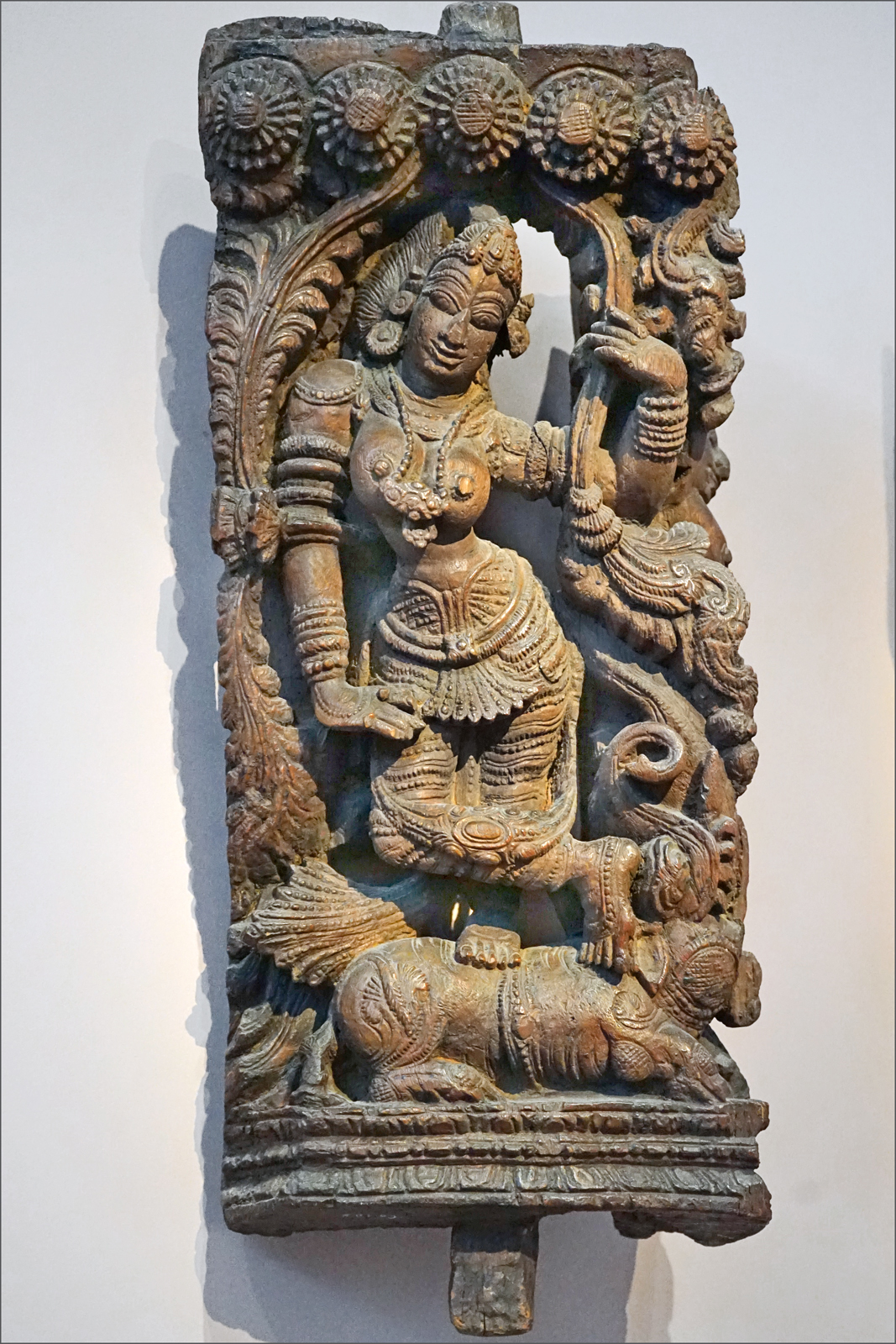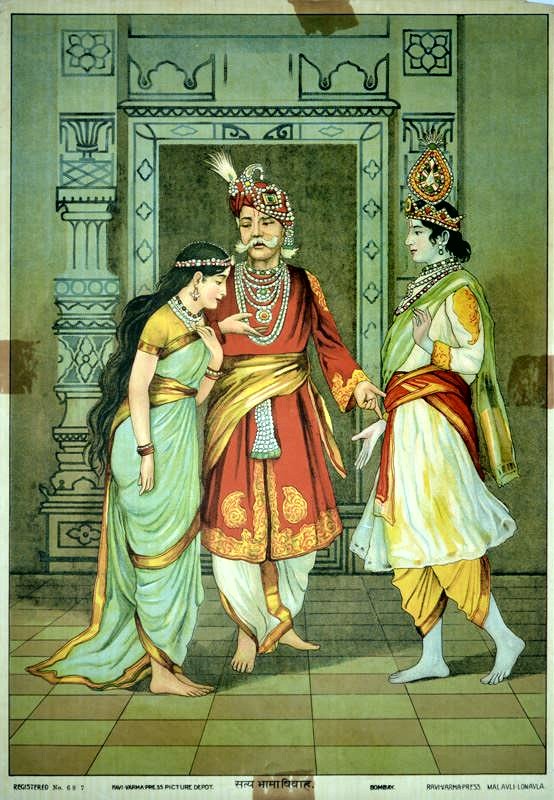|
Bileshwar
Bhilleshwar is a village in Ranavav Taluka of Porbandar district in Gujarat, India. Geography Bhilleshwar is located near to the village of Ashiyapat, and east of the Barda hill on the banks of the Bhilleshvari river. The river called Bhil Ganga rises in the Barda hills, and flows past this village and joins the Minsar river near Khirsara. Demographics The population of Bileshwar by the census of 1872 was 172, but it was increased to 211 souls in 1881. According to the 2011 Census of India, the population had grown to 1,748 by 2011, divided over 364 households living on 522 hectares of land. Places of interest Bileshwar Mahadev temple Bileshwar Mahadev temple is a fine temple sacred to Shiva, of some antiquity, and in excellent preservation. The Rabaris of the neighbouring states and villages have much faith in this Mahadev and many vows are made to the shrine, several lamps of ''ghee'' are constantly burning here; one of these was kept up at the cost of the Rana of Porbandar. ... [...More Info...] [...Related Items...] OR: [Wikipedia] [Google] [Baidu] |
Ashiyapat
Ashiyapat is a village in Ranavav Taluka of Porbandar district, Gujarat, India. It is about twenty miles north east of Porbandar. The village is situated close to Bileshwar on the northern bank of the Bileshvari river. Ashiyapat is about a mile and a half to the east of the Barda range of hills, the highest summit of which, Mount Venu, is 2057 feet above the level of the sea. The village was under Porbandar State during British period. Demographics According to the 2011 Census of India, the population of Ashiyapat totalled 428 in 2011, divided over 96 households living on 1,114 hectares of land. References This article incorporates text from a publication now in the public domain The public domain (PD) consists of all the creative work A creative work is a manifestation of creative effort including fine artwork (sculpture, paintings, drawing, sketching, performance art), dance, writing (literature), filmmaking, ...: Cities and towns in Porbandar district [...More Info...] [...Related Items...] OR: [Wikipedia] [Google] [Baidu] |
Porbandar District
Porbandar district is one of the 33 districts of Gujarat state in western India. The district covers an area of 2,316 km2. It had a population of 5.85,449 of which 48.77% were urban as of 2011 census This district was carved out of Junagadh District. It lies on the Kathiawar peninsula. Porbandar city is the administrative headquarters of this district. This district is surrounded by Jamnagar district and Devboomi Dwarka to the north, Junagadh district and Rajkot district to the east and the Arabian Sea to the west and south. As of 2011 it is the second least-populous district of Gujarat (out of 33), after Dang. History Porbandar is the birthplace of Mahatma Gandhi. Porbandar is also mentioned in the ''Mahabharata'' as the native place of Krishna's childhood friend Sudama. As per the mythological reference in Sudama Charitra of Skand Puran of Shrimad Bhagvad, the present Porbandar city was names after Goddess Porav, and was located along the river banks of Asmavati Admini ... [...More Info...] [...Related Items...] OR: [Wikipedia] [Google] [Baidu] |
Shraavana
Śrāvaṇa ( sa, श्रावण) is the fifth month of the Hindu calendar. In India's national civil calendar, Śrāvaṇa is the fifth month of the year, beginning on July 23 and ending on August 22. In the Tamil calendar, it is known as Āvani and is the fifth month of the solar year. In lunar religious calendars, Śrāvaṇa begins on the new moon (according to the amanta tradition) or the full moon (according to the purnimanta tradition) and is the fifth month of the year. ''Srabon'' ( bn, শ্রাবণ; also spelt ''Sravan'') is the fourth month of the solar Bengali calendar. It is also the fourth month of the Nepali calendar. Śrāvaṇa is also the second month of ''Varsha'' (the rainy season). The month of Shravana is very important for the entire Indian subcontinent, as it is connected to the arrival of the south-west monsoons. For many Hindus, the month of Shraavana is a month of fasting. Many Hindus will fast every Monday to the Lord Shiva and/or every ... [...More Info...] [...Related Items...] OR: [Wikipedia] [Google] [Baidu] |
Ganges In Hinduism
Ganga ( sa, गङ्गा or गंगा, Gaṅgā) is the personification of the river Ganges, who is worshipped by Hindus as the goddess of purification and forgiveness. Known by many names, Ganga is often depicted as a fair, beautiful woman, riding a divine crocodile-like creature called the makara. Some of the earliest mentions of Ganga are found in the Rigveda, where she is mentioned as the holiest of the rivers. Her stories mainly appear in post-Vedic texts such as the ''Ramayana'', ''Mahabharata,'' and the ''Puranas''. The Ramayana describes her to be the firstborn of Himavat, the personification of the Himalayas, and the sister of the mother goddess Parvati. However, other texts mention her origin from the preserver deity, Vishnu. Legends focus on her descent to earth, which occurred because of a royal-sage Bhagiratha, aided by the god Shiva. In the epic Mahabharata, Ganga is the mother of the warrior Bhishma in a union with the Kuru king Shantanu. In Hinduism, Gang ... [...More Info...] [...Related Items...] OR: [Wikipedia] [Google] [Baidu] |
Indra
Indra (; Sanskrit: इन्द्र) is the king of the devas (god-like deities) and Svarga (heaven) in Hindu mythology. He is associated with the sky, lightning, weather, thunder, storms, rains, river flows, and war. volumes/ref> Indra's myths and powers are similar to other Indo-European deities such as Jupiter, Perun, Perkūnas, Zalmoxis, Taranis, Zeus, and Thor, part of the greater Proto-Indo-European mythology. Indra is the most referred deity in the ''Rigveda''. He is celebrated for his powers, and as the one who killed the great evil (a malevolent type of asura) named Vritra, who obstructed human prosperity and happiness. Indra destroys Vritra and his "deceiving forces", and thereby brings rains and sunshine as the saviour of mankind. He is also an important deity worshipped by the Kalash people, indicating his prominence in ancient Hinduism. Indra's significance diminishes in the post-Vedic Indian literature, but he still plays an important role in various m ... [...More Info...] [...Related Items...] OR: [Wikipedia] [Google] [Baidu] |
Satyabhama
Satyabhama, also known as Satrajiti, is a Hindu goddess and the third queen-consort of the Hindu god Krishna. Satyabhama is described as the incarnation of Bhudevi, the goddess and the personification of the earth. She aided Krishna in defeating the asura Narakasura. Legend Marriage to Krishna Satyabhama was the daughter of Yadava King Satrajita, the royal treasurer of Dwaraka, who was the owner of the Syamantaka jewel. Satrajit, who secured the jewel from the sun-god Surya and would not part with it even when Krishna, the king of Dvaraka, asked for it saying it would be safe with him. Shortly thereafter, Prasena, the brother of Satrajita, went out hunting wearing the jewel but was killed by a lion. Jambavan, known for his role in the Ramayana, killed the lion and gave the jewel to his daughter Jambavati. When Prasena did not return, there were accusations of Krishna murdering Prasena for stealing the jewel for himself. Krishna, in order to remove the stain on his reput ... [...More Info...] [...Related Items...] OR: [Wikipedia] [Google] [Baidu] |
Krishna
Krishna (; sa, कृष्ण ) is a major deity in Hinduism. He is worshipped as the eighth avatar of Vishnu and also as the Supreme god in his own right. He is the god of protection, compassion, tenderness, and love; and is one of the most popular and widely revered among Indian divinities. Krishna's birthday is celebrated every year by Hindus on Krishna Janmashtami according to the lunisolar Hindu calendar, which falls in late August or early September of the Gregorian calendar. The anecdotes and narratives of Krishna's life are generally titled as ''Krishna Leela''. He is a central character in the ''Mahabharata'', the '' Bhagavata Purana'', the ''Brahma Vaivarta Purana,'' and the '' Bhagavad Gita'', and is mentioned in many Hindu philosophical, theological, and mythological texts. They portray him in various perspectives: as a god-child, a prankster, a model lover, a divine hero, and the universal supreme being. Quote: "Krsna's various appearances as a di ... [...More Info...] [...Related Items...] OR: [Wikipedia] [Google] [Baidu] |
Charan
Charan ( IAST: Cāraṇ; Sanskrit: चारण; Gujarati: ચારણ; Urdu: ارڈ; IPA: cɑːrəɳə) is a caste in South Asia natively residing in the Rajasthan and Gujarat states of India, as well as the Sindh and Balochistan provinces of Pakistan. Historically, Charans have been engaged in diverse occupations like bards, poets, historians, pastoralists, agriculturalists and also administrators, jagirdars and warriors and some even as traders. Historical roles and occupations Poets and historians Rajasthani & Gujarati literature from the early and medieval period, upto the 19th century, has been mainly composed by Charans. The relationship between Charans and Rajputs is deeprooted in history. As Charans used to partake in battles alongside Rajputs, they were witnesses not only to battles but also to many other occasions and episodes forming part of the contemporary Rajput life. The poems composed about such wars and incidents had two qualities: basic historical t ... [...More Info...] [...Related Items...] OR: [Wikipedia] [Google] [Baidu] |
Porbandar State
Porbandar State was a princely state during the British Raj ruled by Jethwa dynasty. It was one of the few princely states with a coastline. The capital of state was the harbour town of Porbandar. Some other important towns of this state were Bhanvad, Chhaya, Ranpar, and Shrinagar. Earlier Shrinagar served as the capital of Jethwas, then Ghumli served as the capital, but was lost to the Jadejas, however, architectural heritage built by them still stands at Ghumli. During the British Raj, the state covered an area of , encompassing 106 villages and a population, in 1921, of over 100,000 people. It enjoyed a revenue of Rs. 21,00,000/-. History In 1193 Porbandar State was founded by an ancestral ruler expelled from Morvi State. In 1307 the state was renamed 'Ranpur' and in 1574 it was renamed 'Chhaya'. Finally in 1785 the state reverted to the name Porbandar. On 5 December 1809 it became a British protectorate and between 1886 and 15 September 1900 the state was administere ... [...More Info...] [...Related Items...] OR: [Wikipedia] [Google] [Baidu] |

.jpg)


.jpg)